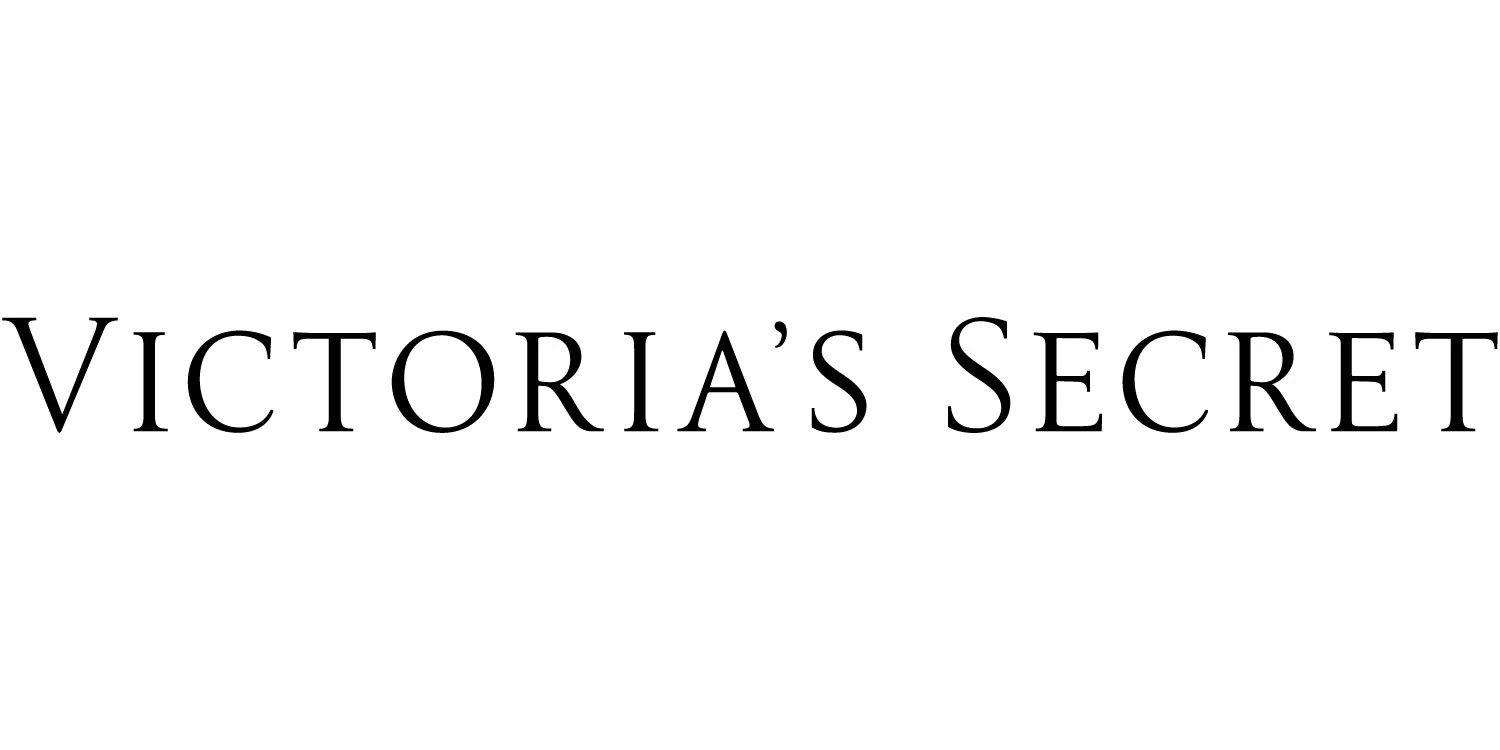Discover sustainable fashion: Your guide to shopping ethically, affordably, and stylishly for a better planet

Sustainable fashion is no longer a trend, but a lifestyle choice which reflects the values of its adherents, and affects the planet. Sustainable fashion is concerned with practices intended to decrease waste, prevent pollution, and ensure fair and ethical treatment of workers at all points of the supply chain. This is very important, especially in the world that has the second largest pollutant after oil-the fashion industry. The fast-fashion companies are producing new styles every week and thus creating too much waste as people get overconsumed and they alos provide Fashion coupon codes for savings.. Sustainable fashion aims to reduce this aspect by promoting long-term usage and quality consumption. To be a sustainable fashion person, it is conscious selection of what we purchase for, focusing on items sourced, produced, and sold responsibly. It is rather challenging, but there are many strategies one can employ in embracing sustainable fashion without over-spending on items to make choices that work both for their wallet and the planet.
Buy less and better
Buying quality rather than quantity is probably the most effective way of sustainable shopping. While fast fashion entices with low prices and continuous new styles, the former products rarely last long. Quality clothing will often cost a bit more at first, but it tends to last longer, thereby not having to be replaced as frequently. Consider materials such as organic cotton, linen, and recycled polyester, which tend to be more durable and sustainable. The idea is to build a wardrobe full of versatile, long-lasting pieces that can stand the test of time and trends. Quality investments prove to be lesser money spent in the long run and less wastage in the long term. Pieces are multi-seasonal and multifunctional. This, in turn, prevents buying something that ultimately ends in the wastebasket.
Visit thrift and second hand stores
Thrift and second-hand stores have a treasure trove of unique, affordable clothing that helps with sustainability. The beauty of buying second-hand is that it can give clothes a second life and keeps them out of the landfill and away from demanding new production. Thrift stores have all sorts of styles and brands-from high-end designer pieces to everyday wear, making it possible for shoppers to find quality items at a fraction of their original price. Many thrift stores now have an online shopping option. This way, you can browse and order sustainable pieces from the comfort of your home. Another advantage is that you can try different styles without adding to the damage fast fashion is doing to the environment. Furthermore, the thrill of finding that unique, vintage piece gives your personal style an unbeatable edge that cannot be matched with off-the-rack clothing.
Search for Eco friendly certifications
Eco-friendly certifications are a good tool in finding sustainable brands and products. Some of the fair trade, GOTS label products that come with certain environmental and ethical requirements. These ensure that clothes are produced with minimal impacts on the environment and that their workers receive fair wages with safe working conditions. While shopping, look for these labels so that you know you're buying the most responsible products. Eco-friendly certifications are transparent and help the consumer trust that their purchase is in line with what they believe in. Though the cost of certified products may be a little more, you know that your money goes to ethical and sustainable activities. These labels clearly show and directly inform you of what is sustainable and easy to shop responsibly without guessing. They also base their production processes, materials, and how they treat their workers on transparency and openness. It is vital to first research the brand before getting to know them about your money. It will make you know which companies care about sustainable and ethically responsible practices. Brands that operate with an ethical standpoint usually do so in processes that work with eco-friendly materials, fair labor practice, and sustainable packages. Many brands have an "About" or "Our Story" section on their website that details their commitment to ethical practices. Encouraging brands that are open about their sustainability efforts will lead to more companies embracing these standards. Additionally, most sustainable brands are direct-to-consumer models, which will cut overhead costs, and hence they can offer quality items at a better price. The consumer can play a role in influencing the fashion industry to become more responsible with production and consumption by demanding that brands operate ethically.
Minimalism and capsule wardrobe
The most effective way to minimize waste and streamline your wardrobe is through minimalism and the capsule wardrobe. A capsule wardrobe consists of essential pieces that are versatile and can be mixed and matched to create different outfits. By targeting fewer, higher-quality products, you can eliminate buying unnecessary clothes. Minimalism guides consumers to abandon the thought of "the more the better" and buy what they need. This has not only reduced waste but also resulted in a cleaner and more functional wardrobe. Capsule wardrobes ensure a streamlined, intentional style that doesn't depend on what's trendy right now. This means you're not as likely to get caught in the fast fashion trap. When you have fewer pieces, each one gets more wear, which can make your approach to fashion even more sustainable and budget-friendly as you continue to reduce the impact of your fashion purchases on the environment.
Repair and upcycle clothing
Repairing and upcycling clothing will cost you less and keep you from being an environmental polluter while maximizing the lifespan of your garment. For instance, just sewing a loose button or mending a small tear could give your clothes more wear time. Upcycling old clothes creatively is yet another good way to avoid throwing things away. Take ripped jeans and turn them into shorts, or an old t-shirt can be turned into a reusable bag. That is not only saving you money but also personalizing a product so that you're representing your unique style. Many online resources and tutorials allow you to learn basic sewing and upcycling techniques with minimal effort. By repairing and upcycling, consumers cut down the need to purchase new ones, hence reducing their purchases and having a sustainable wardrobe that is quite unique only to them. This would encourage creativity and have more admiration for the items possessed, because they become one of a kind.
Use of sustainable Fashion apps and websites
There is no excuse not to shop sustainably nowadays thanks to technology. There are many other apps and websites that advise consumers on more environmentally responsible and ethically conscious brands. One such app that evaluates the environmental impact and labor practices of fashion companies and assesses their animal policies is Good On You. There are also platforms for ThredUp and Poshmark, which allow second-hand clothes to be traded and bought, thereby upholding a more circular system in the fashion industry and other Websites such as Namshi is very good to for shopping clothes and by using Namshi discount codes you cans ave your pocket fom getting being burned. With these tools, sustainable shopping is not this hard and time-consuming curating options based on proper ethical and environmental standards; you can shop consciously with a little help from these tools without extensive research to get sustainable fashion, which shall then become a practical choice for you. Also, various price ranges are offered through it; therefore, this will not cost you a lot, making sustainability affordable to everyone. Such resources would affirm a whole culture of sustainability in the fashion industry.









